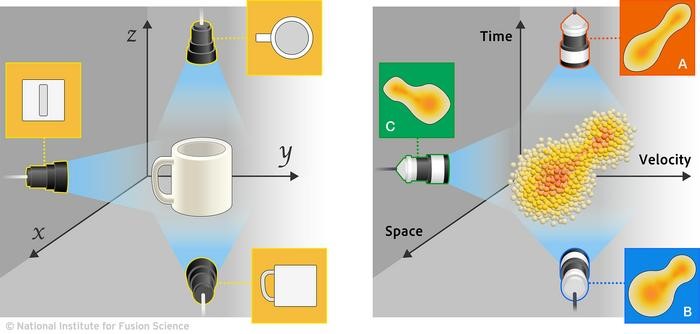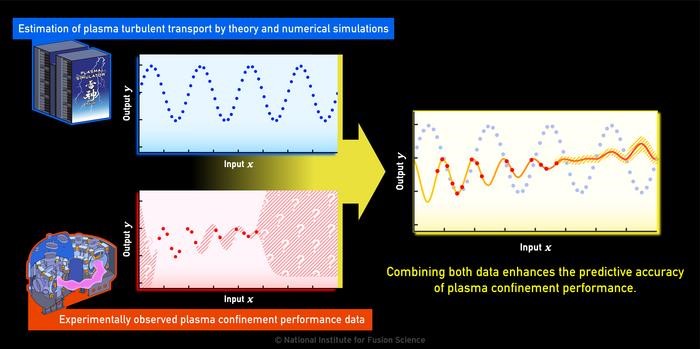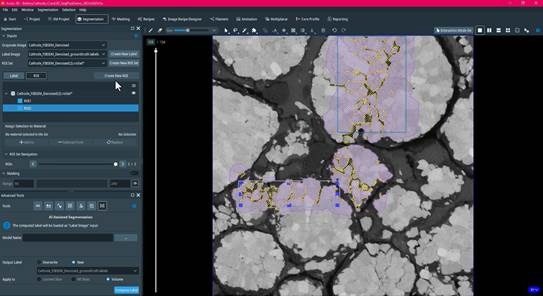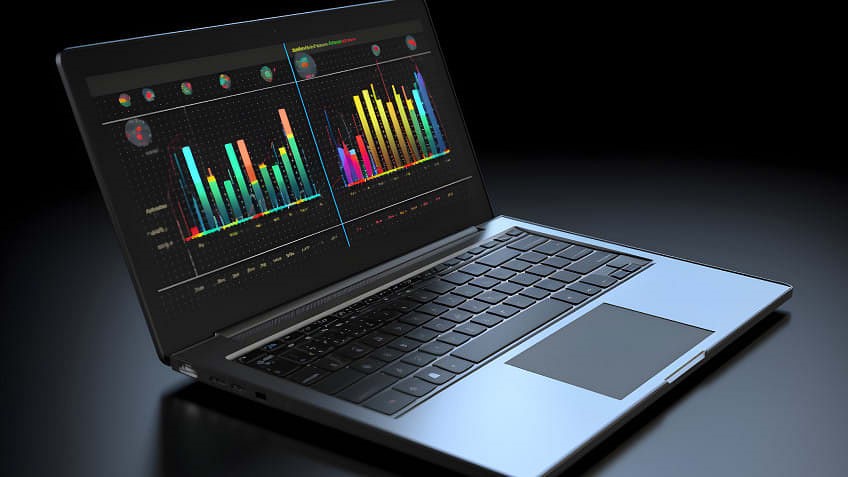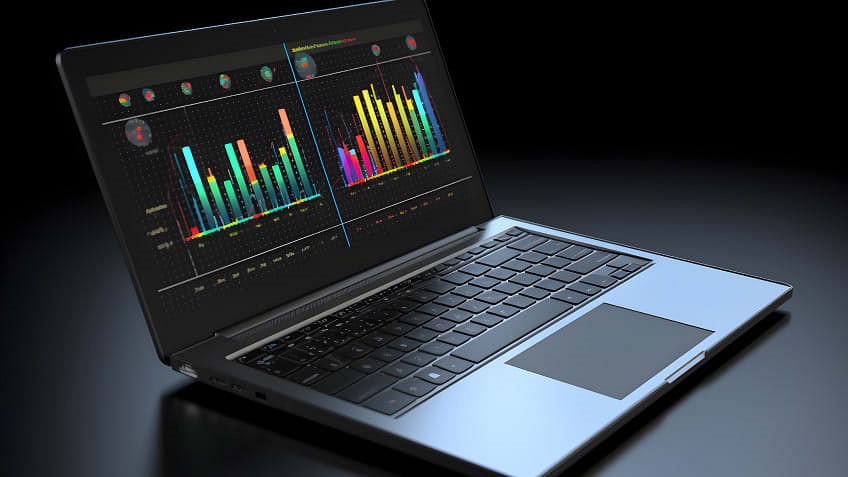Speed Unleashed: How A Tiny Quantum Switch Is Revolutionizing Data Centers
Advancement in Photonic Switch Technology
Every second, terabytes of data — enough to download thousands of movies simultaneously — travel globally as pulses of light through fiber-optic cables. These cables serve as ultra-fast highways, but once the data reaches data centers, it needs an efficient system to guide it, similar to how traffic lights manage car flow on highways.

Figure 1. Speed Unleashed: How a Tiny Quantum Switch is Transforming Data Centers.
Photonic switches, which direct these optical signals, have traditionally struggled with a balance between size and speed. Larger switches can handle more data at faster speeds, but they require more energy, occupy more space, and drive-up costs. Figure 1 shows Speed Unleashed: How a Tiny Quantum Switch is Transforming Data Centers.
Photonic switches, which direct these optical signals, have traditionally struggled with a balance between size and speed. Larger switches can handle more data at faster speeds, but they require more energy, occupy more space, and drive-up costs. Figure 1 shows Speed Unleashed: How a Tiny Quantum Switch is Transforming Data Centers.
Accelerating the Information Superhighway
In a groundbreaking study published in Nature Photonics, researchers from the University of Pennsylvania's School of Engineering and Applied Science have unveiled an innovative photonic switch that overcomes long-standing challenges. Measuring just 85 by 85 micrometers — smaller than a grain of salt — this new switch is set to transform the way data flows across global networks.
By manipulating light at the nanoscale with unprecedented precision, this switch accelerates the transfer of data on the fiber-optic cables that make up the world’s information superhighway. “This could enhance everything from streaming movies to training AI,” says Liang Feng, Professor in Materials Science and Engineering (MSE) and Electrical and Systems Engineering (ESE), and senior author of the paper.
Leveraging Non-Hermitian Physics
The innovation behind the new switch lies in non-Hermitian physics, a branch of quantum mechanics that allows for unusual control over light’s behavior. “We can adjust the gain and loss within the material to direct the optical signal to the correct exit on the information highway,” explains Xilin Feng, a doctoral student in ESE and the paper’s lead author. The unique properties of non-Hermitian physics enable researchers to precisely manage the flow of light on the chip, ensuring accurate control over any light-based network's connectivity.
The result is a switch that can redirect signals in trillionths of a second with minimal energy consumption. “This is a billion times faster than the blink of an eye,” says Shuang Wu, a doctoral student in MSE and co-author of the paper. “Previous switches were either small or fast, but achieving both simultaneously has been a major challenge.”
Advantages of Silicon Integration
A key highlight of the new switch is its use of silicon, an affordable and widely available material that is standard in the industry. “Non-Hermitian switching has never been demonstrated on a silicon photonics platform before,” says Wu.
The integration of silicon in the switch opens the door to scaling the device for mass production, making it more feasible for widespread industrial adoption. Silicon is a critical component in technologies ranging from computers to smartphones, and using it in the switch ensures compatibility with existing silicon photonic foundries that manufacture advanced chips for products like graphics processing units (GPUs).
Challenges in Device Fabrication
The switch also incorporates a specialized semiconductor layer made from Indium Gallium Arsenide Phosphide (In GaAsP), which is highly effective at manipulating infrared wavelengths of light, such as those used in undersea optical cables.
Merging the two layers posed significant challenges, requiring many attempts to develop a functional prototype. “It’s like making a sandwich,” says Xi lin Feng, referring to the process of stacking the layers. However, if any layer is misaligned, even slightly, the entire device is rendered nonfunctional. “The alignment must be precise to the nanometer,” adds Wu.
Transforming Data Centers
In the long run, the researchers believe this new switch will benefit not only academic physicists, who will now be able to further investigate the non-Hermitian physics behind it, but also businesses that operate and build data centers, as well as the billions of users who depend on them. “Data can only go as fast as we can control it,” explains Liang Feng. “Our experiments showed that the speed limit of our system is just 100 picoseconds.”
Source: SciTECHDaily
Cite this article:
Priyadharshini S (2025),Speed Unleashed: How A Tiny Quantum Switch Is Revolutionizing Data Centers,AnaTechMaz, pp.101





